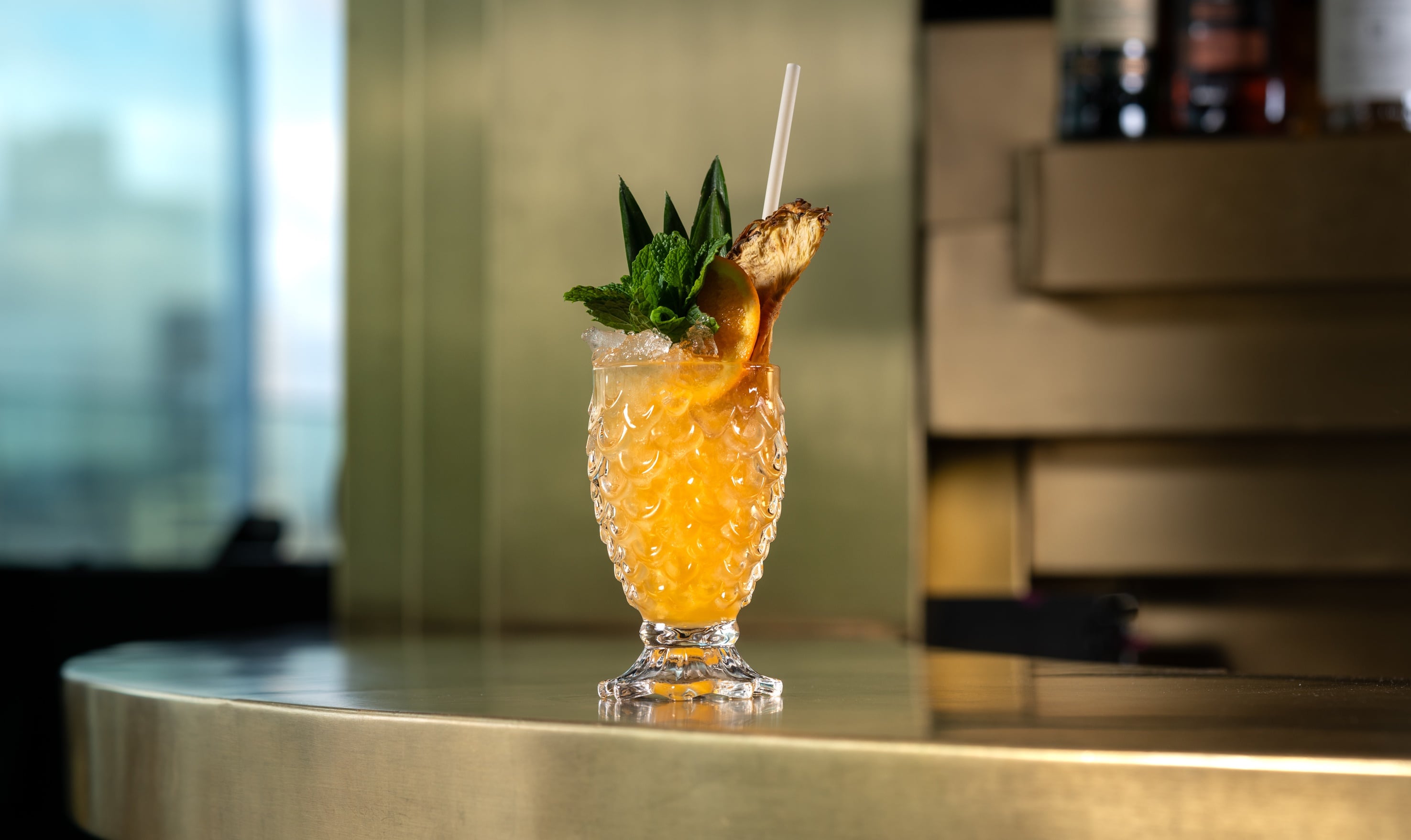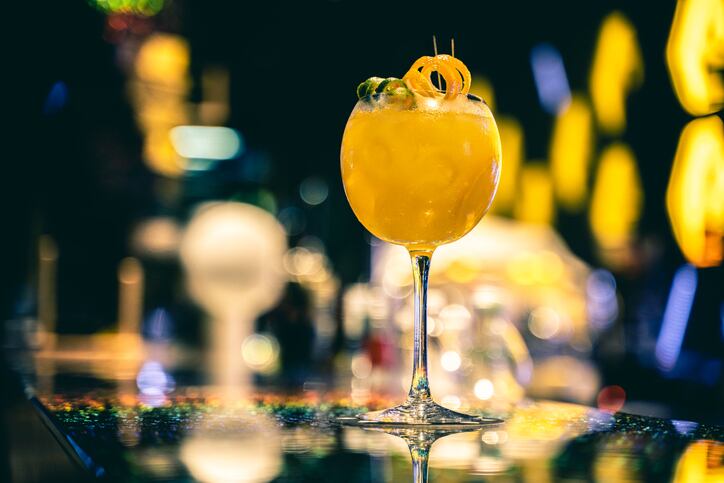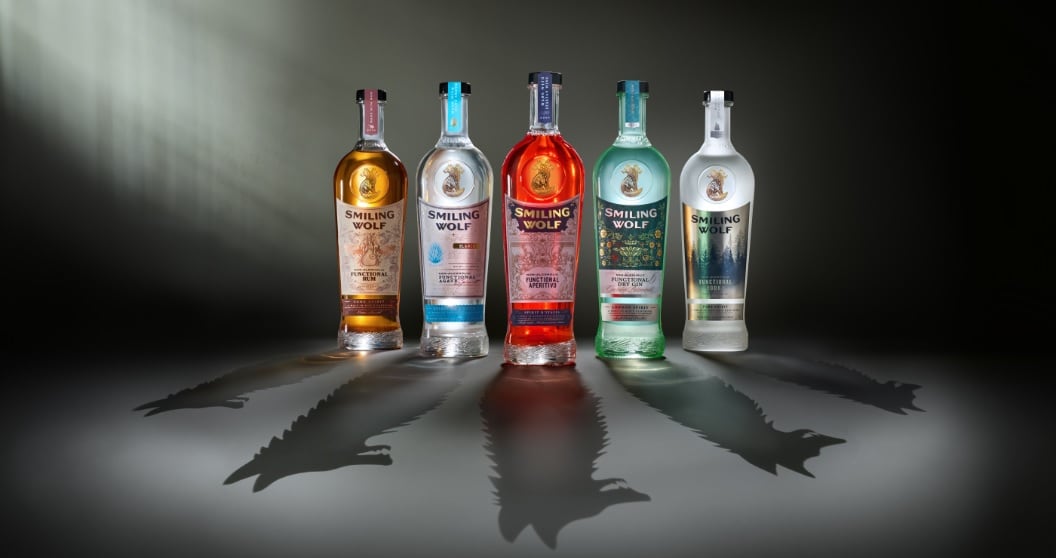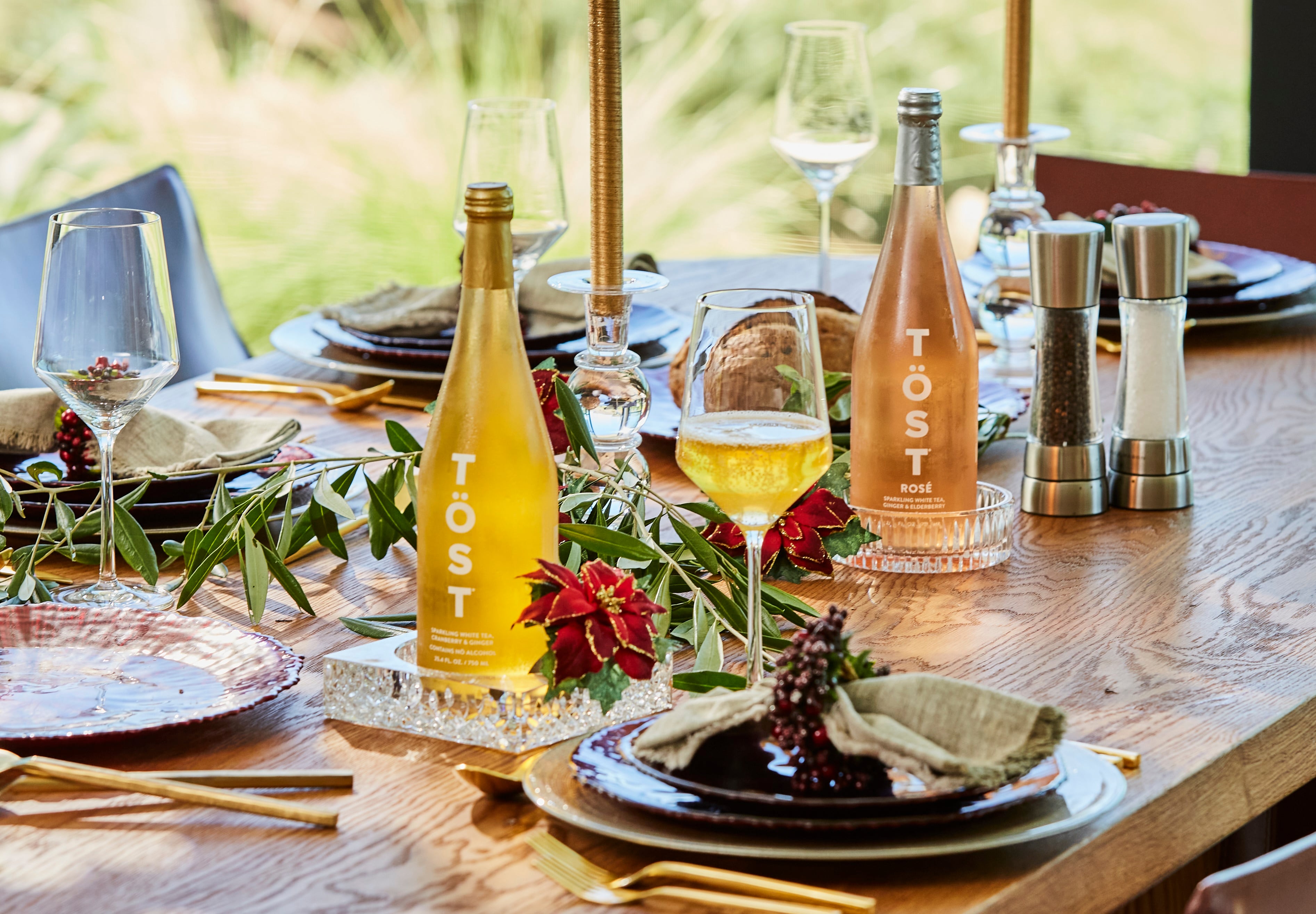Alcohol-free has seen retail lead the charge in adoption, with the on-trade lagging behind.
Today, most supermarkets stock a selection of alcohol-free products. But it’s a different story in bars, pubs and restaurants: where operators may – or may not – offer one or two choices.
One of the advantages of retail for alcohol-free options has been that they allow consumers to try out the category at a relatively low price point.
Another is that ‘moderators’ and the ‘sober curious’ – those who are looking to cut back on alcohol, rather than give up on it entirely - are more likely to drink alcohol-free on weeknights at home but continue to drink alcohol as a treat on nights out.
In supermarkets, alcohol-free shelves are positioned next to alcohol. They’re increasingly well signposted, encouraging curious drinkers to check out the choice. In contrast, drinkers in bars and restaurants usually have to work hard to find an alcohol-free choice at the bottom of the drinks list – meaning they’re only likely to be picked by people deliberately searching for one.
A ‘massive, untapped opportunity’
While the momentum for alcohol-free has been building in supermarkets and other retail outlets, the category does not yet have the same presence in the on-trade to build off.
With decades of experience as a bartender, Joshua James is now the owner of Ocean Beach Café, a fully non-alcoholic bar and bottle shop in San Francisco. And it’s that initial push that the category needs, he said – brands need to really sell bartenders and operators of the merits of alcohol-free options.
“One significant challenge is the sheer persistence required from any new brand owners to break into the bar scene,” he said. “It often takes brand representatives 7–10 interactions with an establishment to secure product placement. Even then, success is not guaranteed.
“That’s because of a second key issue. Many industry professionals lack awareness of how the low/no alcohol category has evolved, which high-quality products are available, and why offering these drinks makes strong business sense. Therefore, it is critical for NA brands to educate industry professionals at every level - from bartenders and servers to managers and owners.”
In fact, the alcohol-free category could represent a huge opportunity for operators.
“For example, owners and managers of bars and on-trade establishments should consider the revenue lost from glasses of water ordered because there isn’t a desirable, adult-oriented NA option priced at $10–$14 on the menu,” he said.
“This is a massive untapped opportunity. Servers and bartenders would also benefit significantly from being educated about high quality NA options. This would provide them with the tools needed to sell higher ticket NA options to customers, resulting in larger tabs and tips.”
If bartenders and operators aren’t passionate about the products they’re selling, that creates a vicious cycle where consumers are equally ambivalent, adds Brian Rosen, General Partner at InvestBev.
“Consumer adaption is key to success of no and low-alcohol beverages,” he said. “While there was once a stigma surrounding these options, perceptions are shifting. But the challenge now lies in securing visibility at the bar, ensuring these products become a staple for both retailers and consumers.
Products need to be sold to consumers by people who understand the category. A product served at the wrong temperature, or poured into a glass without much thought to presentation, could prove fatal.
“The consumer adaption is key and direct -to-consumer purchases decisions made without proper guidance risk leading to a disappointing experience, potentially turning buyers away from the category altogether,” he added.
Grabbing a (non-alcoholic) pint
Beer is a category where more and more people practicing ‘zebra striping ’: alternating alcoholic and non-alcoholic drinks within the same occasion to moderate consumption.
In fact, a recent report from alcohol-free brand Lucky Saint and research consultancy KAM found that 28% of UK drinkers are zebra-striping during their visits to pubs and bars.
“Zebra striping is a great example of how NA Beer brands can succeed in the on-trade,” said Dan Kopman, Professorial Lecturer of Management at American University’s Kogod School of Business and Senior Policy Advisor to the Worldwide Brewing Alliance.
However, one brewers and operators in alcohol-free beer is that they need to be wary when serving beer on-tap: without the ethanol, hygiene standards must be much stricter . But technology in this area is improving. “The development of new draft systems for the on-trade and the expansion of these to more markets is an area for development,” said Kopman.
CROSSIP co-founder Carl Anthony Brown is known across the industry and media as a cocktail expert (he’s been featured on UK TV shows such as on Channel 4’s Sunday Brunch and ITV’s This Morning).
Having spent 19 years in hospitality, focusing on the on-trade was a natural fit for him and CROSSIP (a brand he describes as ‘born in a bar, not in a boardroom’).
“Education has been a cornerstone of our approach,” he said. “The on-trade provides an invaluable platform to engage with bartenders and industry professionals, teaching them not only how to use CROSSIP but also how it can elevate their offerings.
“This hands-on environment allows us to demonstrate that CROSSIP is more than an alcohol-free alternative—it’s a spirit with its own equity, capable of creating exceptional drinks for any occasion.

“The key to success has been fostering partnerships with venues that share our commitment to innovation and quality. By working closely with bartenders, we’ve been able to integrate CROSSIP into their menus, giving consumers a tangible, memorable experience of what we stand for.”
Functional aperitif Smiling Wolf has made the on-trade its hunting ground: where the brand needs to explain its proprietary blend that aims to replicate the effects of alcohol (it contains a mix of natural nootropics and vitamins to enhance mood, including Beta Alanine, L-Arginine, L-theanine, L-glycine, B3, B5 and B6).
Hamilton Lowe agrees that working with bartenders is key.
“Our team works very closely to ensure bar teams know what Smiling Wolf is, how to serve it and educate them on mood enhancing drinks and functional spirits,” he said.
“People are curious to learn, and a bartender who knows about the brand and category overall is instrumental to helping guests understand and build brand awareness.”
And it’s about being able to communicate a complicated functional format in a quick and simple way.
“After much thought and feedback, we’re focusing on [describing] Smiling Wolf as a ‘Mood Enhancing Spirit’. We wanted to focus on the effects that our ingredients are known to have. So ‘mood enhancing’ is easy to explain when people’s time is limited, and we found it is a concept that is much easier to digest. Mood enhancing encourages people to ask more questions, particularly on what it can do for them, the health benefits and how it works.”

It’s a similar story for cannabis drinks which are seeking to take a slice of the alcohol-free pie in the on-trade. Much has been made of their potential to replace alcohol: but converting that potential into sales is the next step.
For cannabis drinks, its about ensuring consumers feel comfortable trying the format – which again relies on educating bartenders to walk people through recommended dosage and serving sizes.
Away from the apology serve
Those who choose an alcohol-free drink risk ending up with an ‘apology serve’ – one that’s an afterthought to the main round of (alcoholic) drinks.
When it comes to serving up non-alcoholic drinks, it’s key to ensure the non-alcoholic drink looks just as good as the alcoholic drinks : with elegant glassware and garnishes.
And attractive garnish does not only make the drink look fancy – it can also help waiters distinguish the alcohol-free version from the others.
Education is key – but it’s also a big drain on time, energy and money. And that circles back to a challenge many new brands face – resources – particularly when it takes time to reap the rewards.
“To encourage uptake in bars, brands must persist, educate and creatively navigate resource challenges,” said Joshua James of Ocean Beach Café.
“Brands need to prepare for a challenging initial phase, as it often takes two or more years of operating at a loss before gaining enough traction to be sustainable. Persistence, relevance, and creativity are essential to breaking into the on-trade.
“Education remains an important issue as well, but the largest hurdle to overcome is resource constraints. This requires securing larger funding to support their growth, hiring experienced teams to navigate the complexities of the market, and maintaining consistent engagement with key players in the industry.”
So prioritizing where to direct resources is key.
“Hosting events and tastings, building a strong social media presence, and developing products that resonate with younger demographics, particularly Gen Z, are all crucial steps,” said James.



